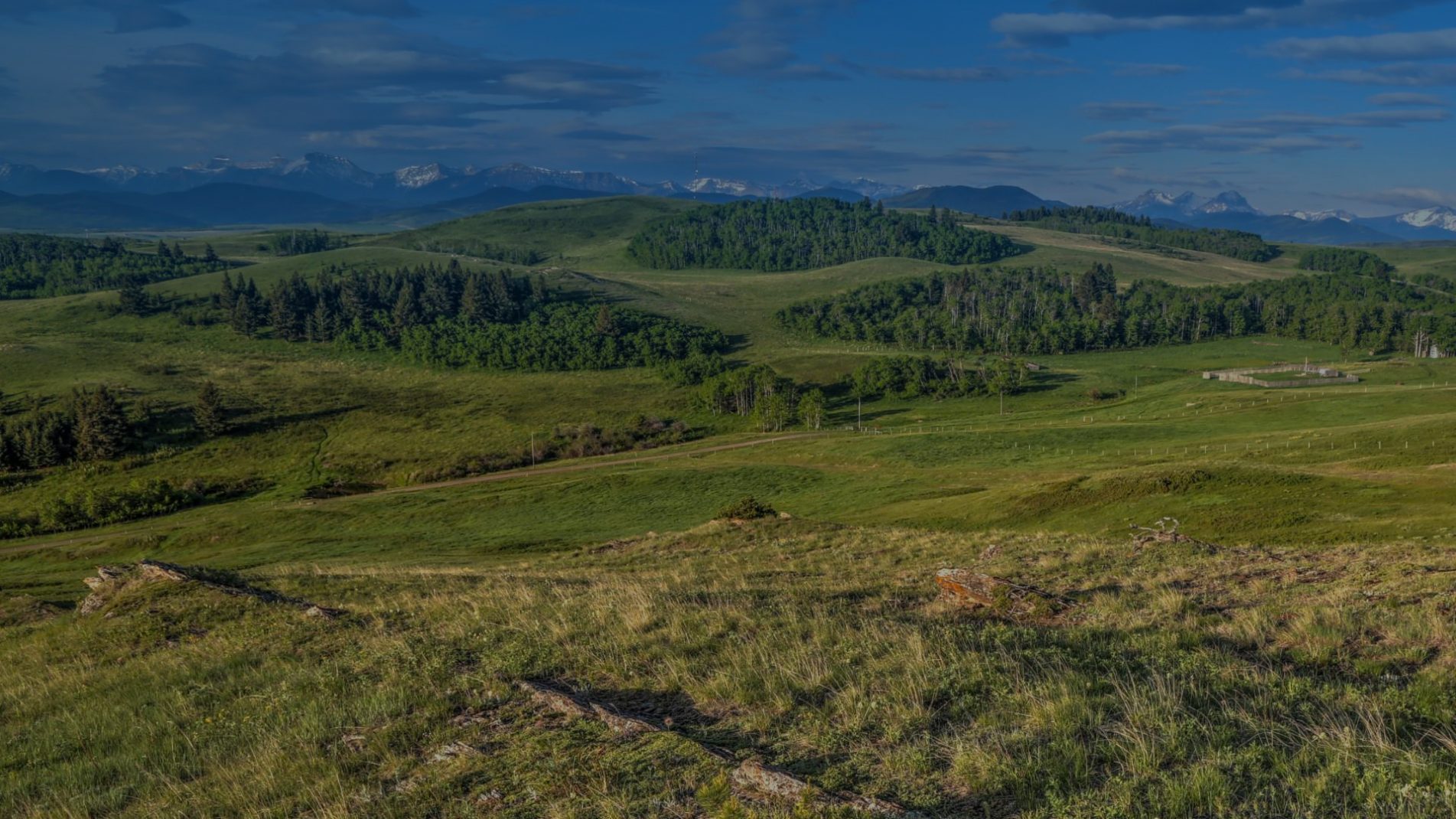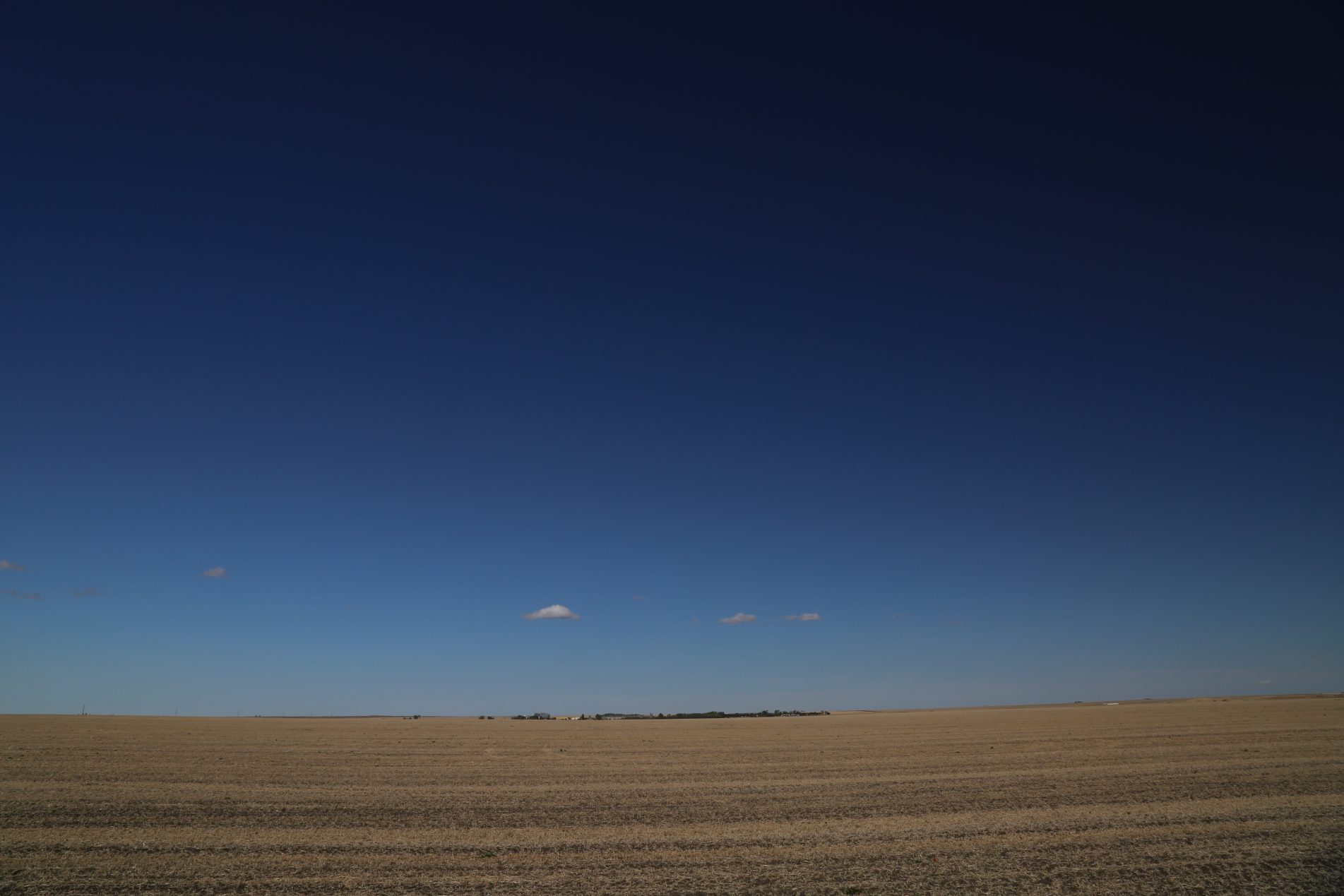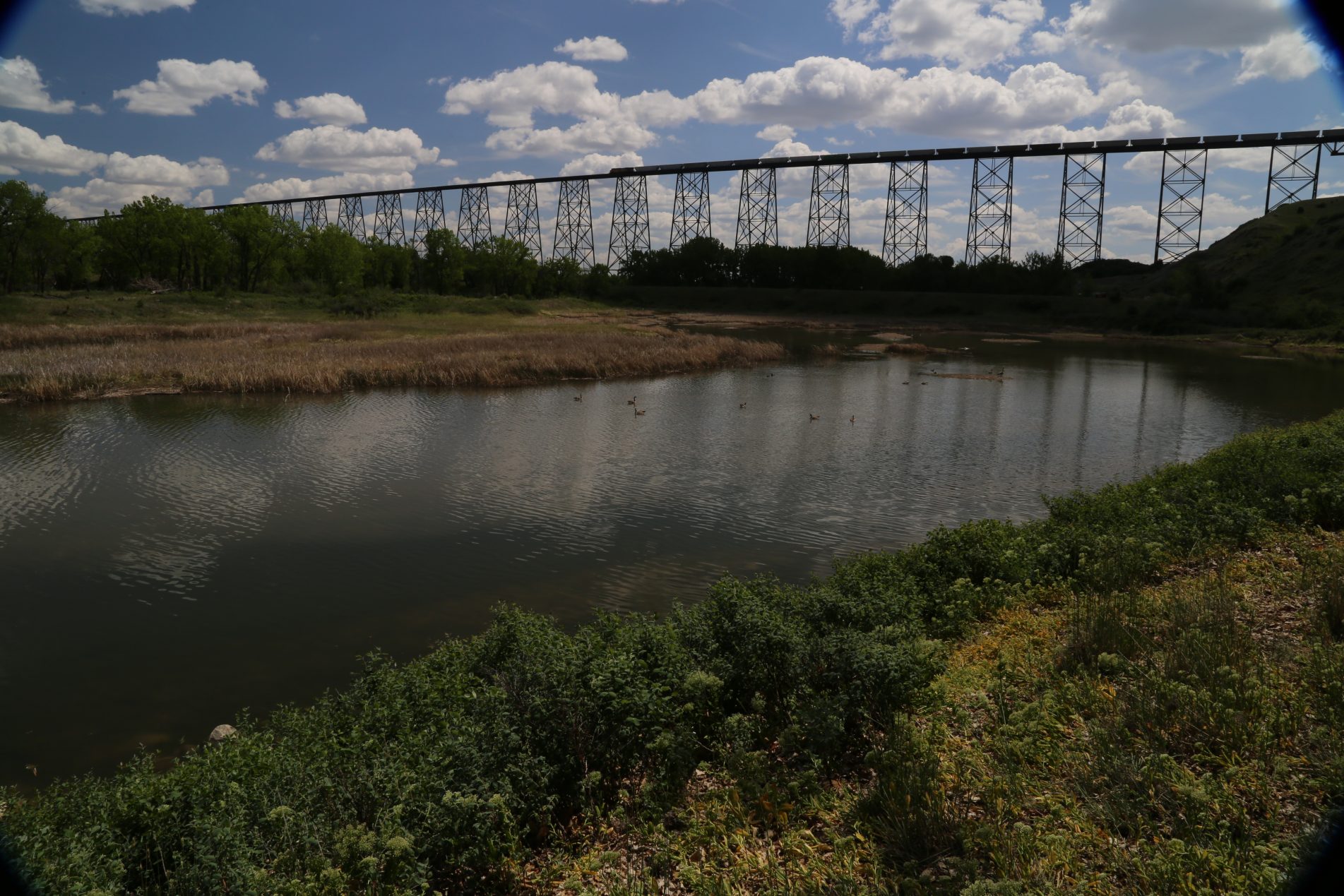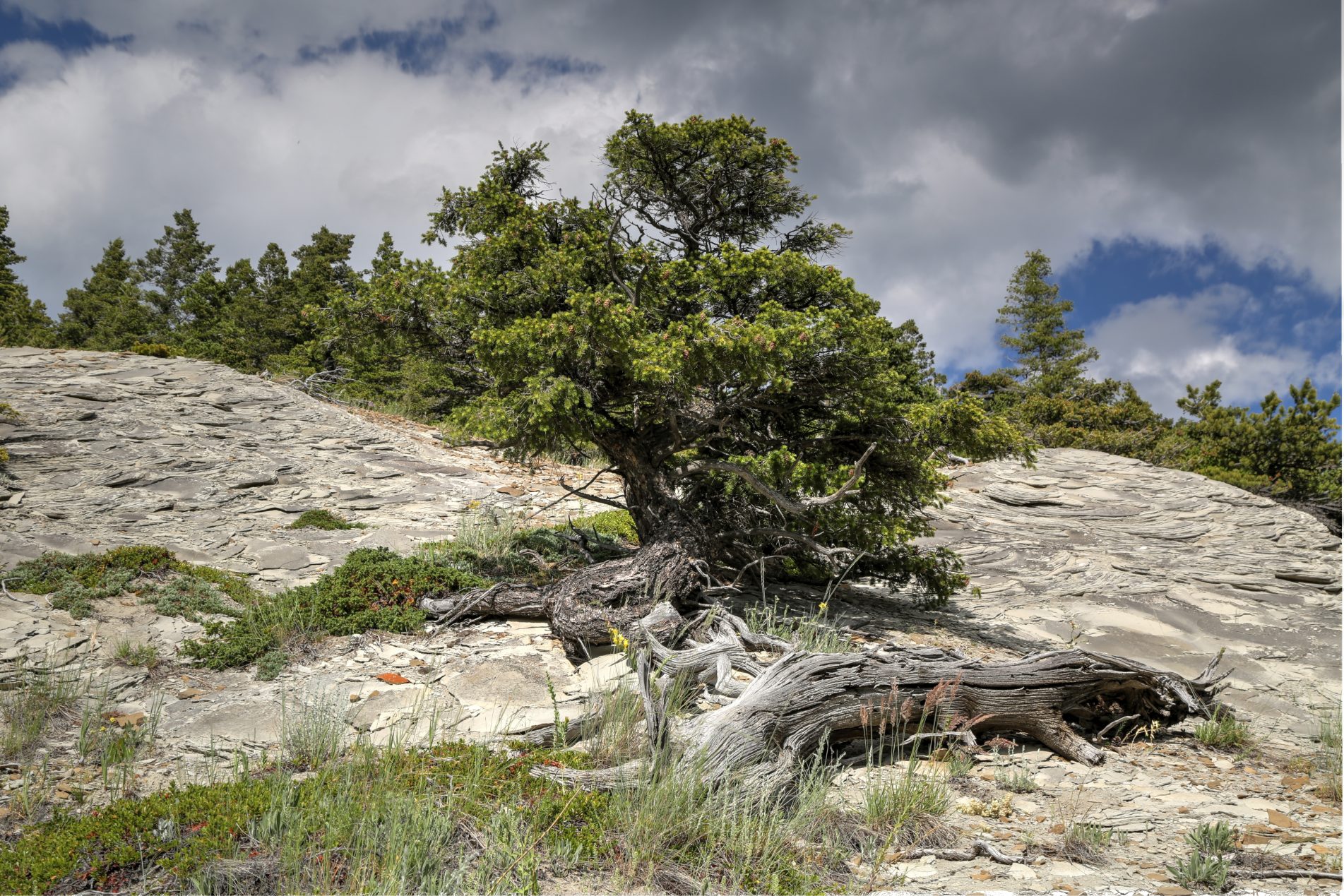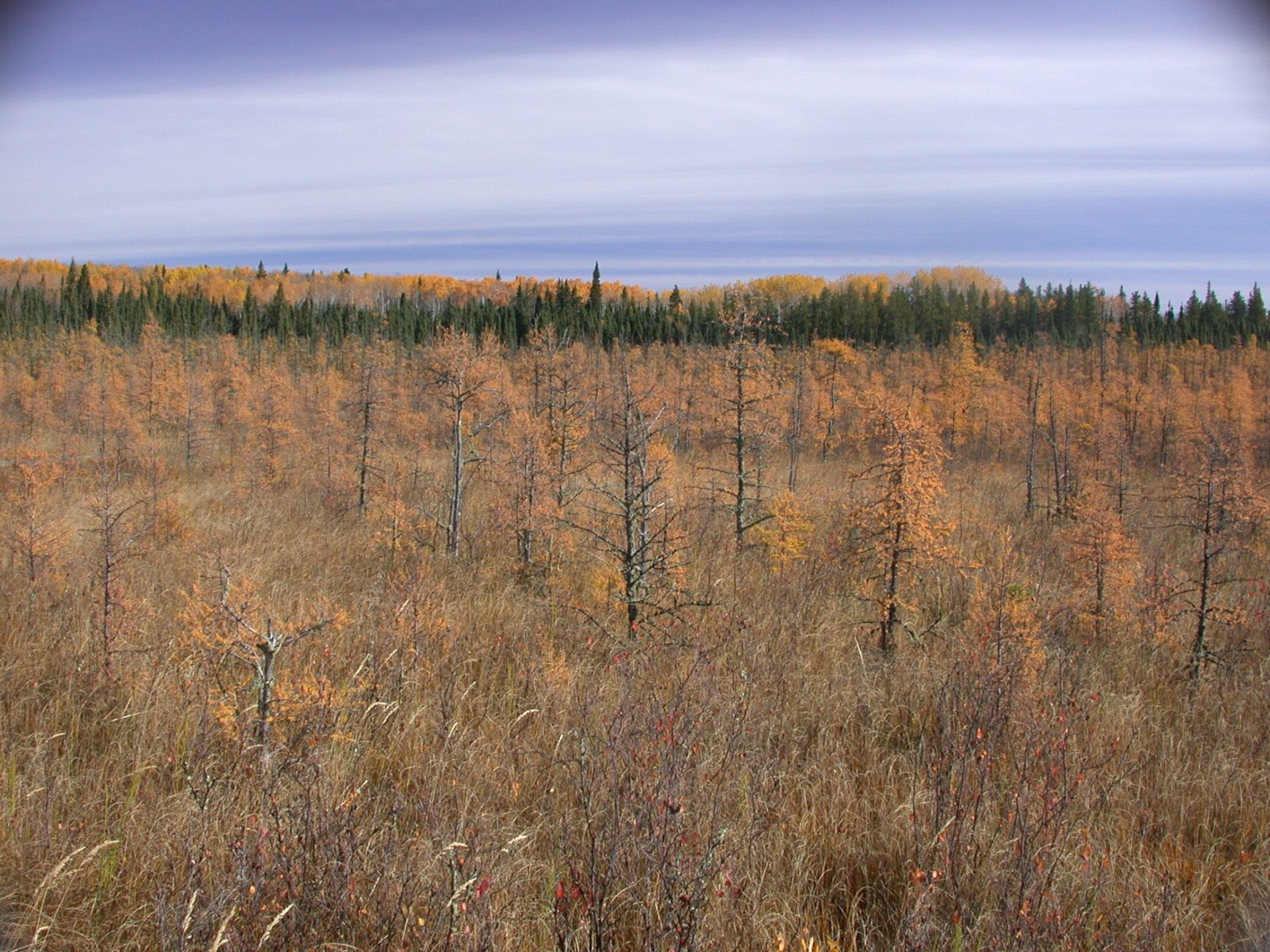G. E. Melville
EXECUTIVE SUMMARY
All major climate-change agenda efforts in recent years echo the need for more empirical scientific information about climate change and adaptation to freshwater ecosystem impacts. The adaptation research undertaken in this study begins the process of providing answers to the general question posed by resource managers and other stakeholders, “What options can we choose from to ensure the sustainability of the aquatic resources under our stewardship?” More specifically, the research results in a systematic methodological framework which resource managers could build on to determine adaptation options for specific lake types, as well as examples with respect to such options.
Research concentrates on the numerous larger lakes in the Boreal Plain which, although they are not necessarily “cold” lakes, tend towards the “cold” end of the temperature spectrum. The biophysical components of these lakes are highly vulnerable and, unlike some of the smallest lakes, which could simply disappear if climate change impacts were extreme, many of the biophysical elements of these lakes would probably continue to exist. The research in this study addresses resources in relation to climate change and adaptation at three levels of ecological organization. The three are lake habitat, intermediate levels in food webs, primarily small-bodied fish species, and large-bodied fish species.
This study focuses primarily on two large-bodied cold-water species, lake whitefish (Coregonus clupeaformis) and lake trout (Salvelinus namaycush), both salmonids. All analyses begin under the umbrella of climate-related total allowable catch, or TAC, probably the most direct, integrative, management tool. Yield calculations per se have been based on relatively simple empirical models, in which fishery yields are related to summer thermal habitats.
Two lakes were selected for inclusion, Lake Winnipeg and Kingsmere Lake, Prince Albert National Park, as examples of a large but relatively shallow water body and a relatively deep system respectively. Lake Winnipeg deserves special attention simply because it is one of the world’s great lakes. Kingsmere Lake provides one of the few examples of a cold, dilute system for which one can investigate process and pattern, in an integrated manner, across a range of trophic or food web levels.
This study offers resource managers the only set of empirical harvesting models for cold freshwater fish which will conserve population structure in the target populations. These models are based on climate-related habitat features. These models substantially improve the precision of previous efforts; more importantly however, they add accuracy through the incorporation of conservation considerations. Continued use of any previous empirical models will ultimately have disastrous effects on all freshwater fisheries, if they haven’t already. The new climate-based TAC models are highly predictive for most lakes, but analyses indicate the model for lake trout may be inadequate for lakes <1000 km2 in surface area. More work is needed in the development of the lake whitefish TAC for all lakes, regardless of size, since sustained yields may yet be overestimated by the model developed in this study. As a great lake, we need to know far more about all aspects of Lake Winnipeg to manage it properly, regardless of the issue or context.
It is probable that we can best adapt to climate change through proper management of our remaining fish stocks. Additional management adaptation requirements include the development of adequate fishery monitoring programs, few of which exist in the Boreal Plains Ecozone. In the short term, management agencies across the Boreal Plain Ecozone should implement a moratorium on lake trout fishing; this is the only real hope for the lake trout of the ecozone. The management agencies should also implement a comprehensive in-depth assessment of the state of surviving lake trout populations. Lake trout in the Boreal Plain are in a similar situation to that of large carnivores in the Rocky Mountains, where the fate of the “last of the last, not the last of the best” (c.f. P. Paquet) is at stake.

